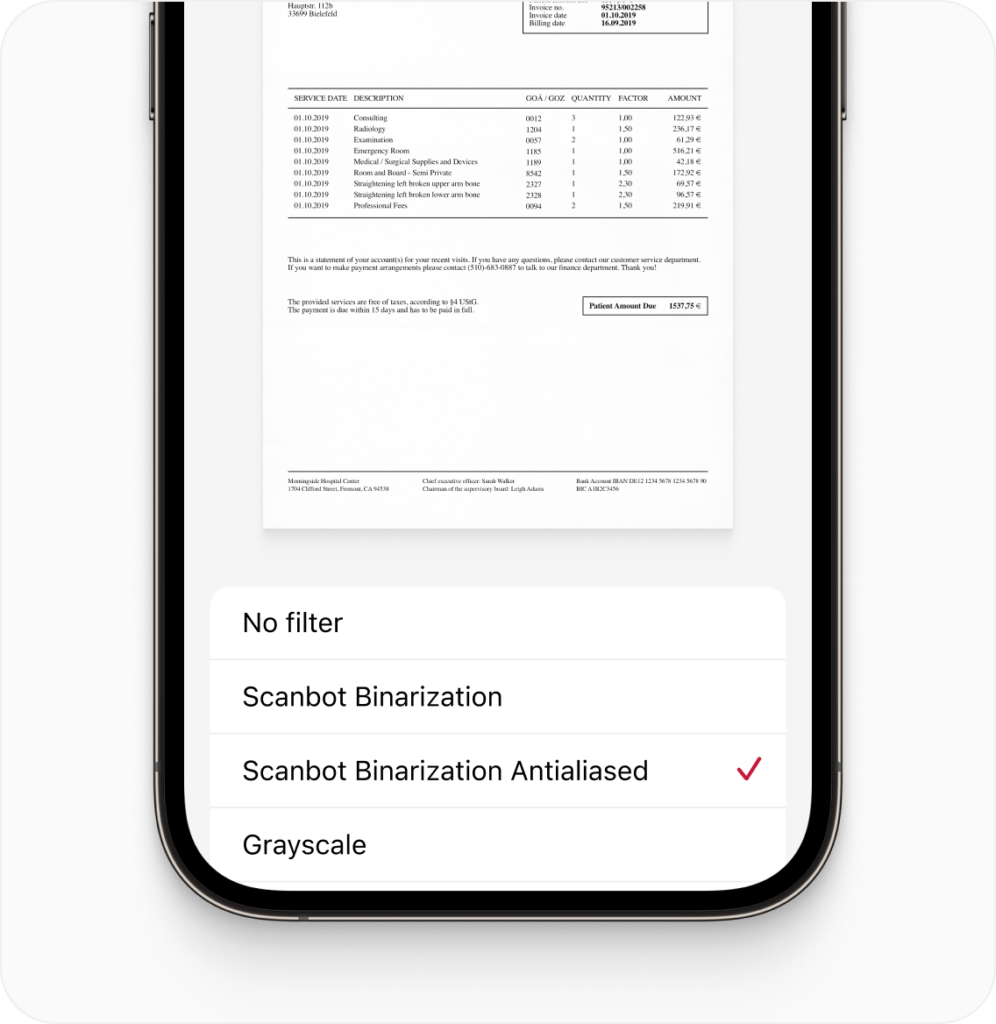Efficient freight logistics operations hinge on accurate and timely document management. However, many logistics companies face delays and inefficiencies due to outdated methods of handling proofs of delivery (POD) and bills of lading (BOL).
Manual submission and processing create bottlenecks, increase the risk of document loss, and slow down administrative tasks. This article explores how a modern document scanner can enhance efficiency, accuracy, and reliability in freight logistics.
The critical role of documents in freight and logistics
Freight operations rely on documents like BOLs and PODs to confirm the ownership, shipment, and delivery of goods. Properly managing these documents is crucial for the following reasons:
- Legal proof of ownership and shipment: The bill of lading is a legally binding contract between the shipper, carrier, and receiver. Disputes regarding shipment conditions, ownership, or delivery terms can arise without a valid BOL.
- Tracking and accountability: Freight documentation is an official record of a shipment’s journey. Proof of delivery confirms that goods were delivered to the recipient as agreed.
- Invoicing and cash flow: Invoices cannot be issued until PODs and BOLs are submitted and verified. Any delay in processing these documents stalls invoicing, which in turn affects cash flow.
- Compliance and audit readiness: Regulatory compliance is critical in freight logistics. Proper documentation is required to meet both industry standards and government regulations. Additionally, misplaced or incomplete documents can result in significant penalties during audits.
Key challenges in traditional document handling
Despite the importance of BOLs and PODs, many logistics companies still face challenges in managing these documents effectively. Some of the most common pain points include:
- Delayed submission: Drivers often have to wait until they return to the office to submit physical copies of BOLs and PODs. This delay creates a bottleneck in administrative workflows, leading to lagging invoice generation and payment processing.
- Risk of document loss or damage: Documents can be misplaced, damaged, or destroyed before reaching the office for processing. Losing essential documents like BOLs or PODs can lead to legal issues, missed payments, or disputes between carriers and clients.
- Slow manual processes: Manually scanning and filing documents is time-consuming and error-prone. Drivers, already under time pressure, might make mistakes when handling these documents. Back-office staff face the additional burden of manually organizing, verifying, and archiving scanned documents.
How mobile document scanning addresses these challenges
To overcome these challenges, freight logistics companies can provide their drivers with mobile driver apps equipped with a document scanner, automating the scanning and submission process and eliminating delays. However, choosing the right software is crucial.
The Scanbot Document Scanner SDK turns mobile devices into easy-to-use, high-quality document scanners while offering the following features:
Automatic capture for real-time submissions
The automatic capture feature allows drivers to instantly scan documents like BOLs and PODs while on the road. It automatically detects and captures the document as soon as it appears in the camera’s view, ensuring fast and easy submission.
Additionally, automatic cropping ensures that only the relevant portion of the document is captured, removing unnecessary background elements. This improves the clarity and legibility of the scanned document, reducing the need for additional editing.
Document Quality Analyzer for enhanced readability
Poor scan quality is one of the most common issues with manual document submissions. Blurry or incomplete scans can lead to delays, as administrative staff must request re-submissions. The Document Quality Analyzer solves this problem by assessing the readability of each scanned document and categorizing it into five levels: Very Poor, Poor, Reasonable, Good, and Excellent.
For manual processing, documents rated “Reasonable” or higher are acceptable, while backend automation systems can be set to process only “Good” or better documents. This ensures that only high-quality, legible scans are submitted, improving workflow efficiency.
Efficient processing with image filters
Freight documents often suffer from damage, wrinkles, or shadows due to transportation conditions. The Scanbot Document Scanner SDK includes customizable filters that enhance the clarity of scanned documents by eliminating shadows and smoothing out imperfections. This makes the document more readable, both for human eyes and backend automation systems.
The binarization filter is particularly useful for automated systems, converting documents into high-contrast black-and-white images. This format is optimized for machine reading, ensuring faster processing and reducing the potential for errors in backend operations.

Flexible file export in multiple formats
The Document Scanner SDK allows companies to export scanned documents in various formats, including TIFF, PDF, JPG, and PNG. This flexibility enables logistics companies to choose the format that best suits their storage or archiving needs.
Real-world improvements with the Scanbot Document Scanner SDK
Let’s look at how two of Scanbot SDK’s clients implemented this technology and successfully streamlined operations:
ArcBest: Accelerating document submission
ArcBest, a leading logistics provider, successfully reduced document submission times by 4-9 hours by integrating the Document Scanner SDK. This improvement allowed drivers to scan and submit BOLs and PODs on the go, providing real-time access to freight information. As a result, ArcBest enhanced its operational efficiency and reduced the margin for error.
Motive: Enhancing efficiency through better image quality
Motive, another industry leader, integrated the SDK to enhance the quality of scanned documents. The result was a significant reduction in document submission times and a noticeable improvement in back-office efficiency. Motive saw fewer resubmissions due to poor image quality, further streamlining its operations.
Driving efficiency in freight logistics
Adopting reliable mobile document scanning is crucial for logistics companies looking to enhance processes. The Scanbot Document Scanner SDK provides a reliable solution for minimizing delays, reducing document loss, and improving overall efficiency. By streamlining document submission and processing, logistics companies can ensure compliance, reduce costs, and increase the accuracy and speed of their operations.
By embracing this technology, freight operators can replace outdated manual processes with a modern, efficient, and reliable document management system that meets the demands of the ever-evolving logistics environment.






